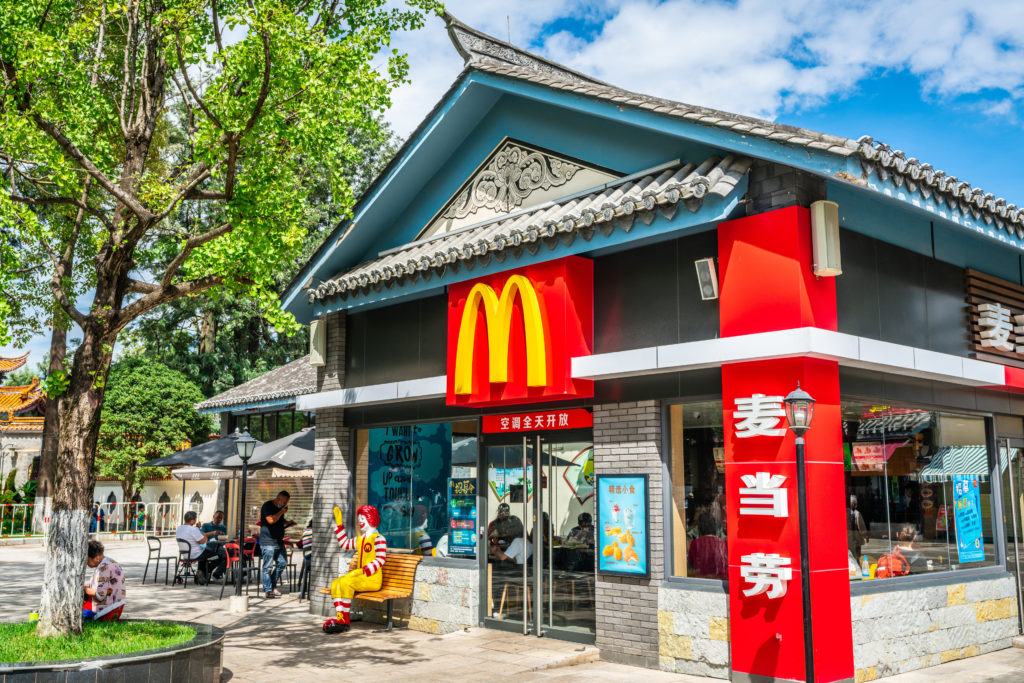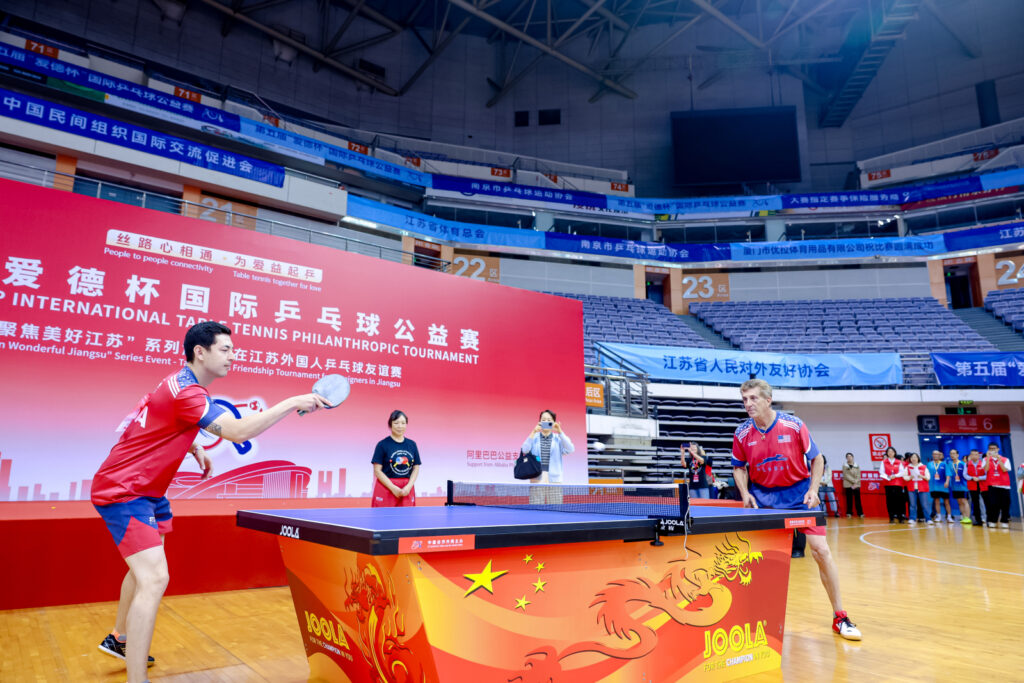Growing Your Business in China

Lorem ipsum dolor sit amet, consectetur adipiscing elit. Ut elit tellus, luctus nec ullamcorper mattis, pulvinar dapibus leo.
When it comes to pursuing a growth strategy in China, the “right” strategy for your company really depends on the perspective of your foreign partner. This includes company values, business culture, negotiation style, networking, and socioeconomics. In this month’s blog, Word4Asia shares some of the strategies we’ve seen successful companies employ in China.
To appreciate how challenging it is to build a successful business in China, one need only consider the list of companies who have tried and failed there. For instance, Amazon, after slogging through for nearly 15 years, pulled the plug in July 2019. Home Depot lasted nearly six years before calling it quits in September 2012. Most companies who failed there had not fully realized the competitive barriers they would face, nor the difficult, and subtle nuances of the Chinese culture. Misunderstanding the significant cultural differences has been a common problem, in no small part because American companies are geared for speedy execution. But this approach does not support a bottom-up approach, and this is a violation of what the Chinese call “guanxi”.

Guanxi is best translated as “network” or “relationship.” Developing personal relationships leads to trust; without trust, American businesses fail in China. It is essential to build a network of friends and supporters at many more layers than is necessary in America. The process of establishing trust usually means negotiators will be conducting many more personal meeting and conversations.
It’s only been in recent years that China’s economy has become more consumer driven. Traditionally, the Chinese were more apt to invest their money in stocks, land, and other assets to pass wealth to their children. So, the Chinese don’t demand the same product selection that American consumers do. A conservative and successful American strategy has been to introduce older models from the US market to Chinese consumers. Apple did this in 2012 when they introduced an older model of the iPhone, and by 2015, they saw a 71% increase in quarterly profit.
Food and business services have achieved success in China by way of Chinese franchising. KFC, Starbucks, and McDonalds are just three American mega-brands that have established a massive global presence, which also includes China.

Of course, lots of American companies have pursued foreign markets purely from a sales goal perspective – a sheer drive to steal market share from domestic competitors. At times, American brands that have tried this strategy have failed in this strategy, because the local consumers decide to protect their country’s home-grown brands. To win in this game, your brand must have an important competitive difference – either quality, or functionality or price.
One final option is to buy one’s way into the market. Various companies have attempted this through acquisition of channel members (retailers, wholesalers). Likewise, it’s possible that a foreign market entrant may purchase its direct competition. For instance, eBay did with EachNet (a Chinese e-commerce company and online trading community like eBay).
Given that trade relations with China have been difficult, and remain so, pursuing a growth strategy that includes one or a combination of these preceding strategies requires a determined business philosophy. At least three have been identified, including:
- China is just too big a market to ignore.
- China has too much to offer the rest of the world, especially exciting models, new products, and lucrative market segments.
- China provides an opportunity for the advantages your company uniquely delivers.
The Chinese philosopher Sun Tzu said, “In the midst of chaos, there is also opportunity.”
With that in mind, here are a few additional points of advice.
Instead of introducing American products into China, develop unique products for the Chinese market.
Many companies have done this already, in fact there are now over 2,000 multinational R&D centers in China. For example, since 2008, Nestlé China pioneered a direction that other food and beverage companies followed when they opened their Beijing R&D center in 2008. Nestle’s food scientists conduct basic research and applied product development work at the center.

Possible Business Models
Manage From Within China
This is what the most successful multinationals already do. There are five building-blocks to this. It starts with local management. As an example, Coke has made Coke Greater China and Mongolia one of nine global zones that report directly to the company’s chief operation officer. Empower local management to manage the business without having to pass most decisions through global headquarters. Chinese executives now head the China units of Nestlé, Procter & Gamble, and other large multinationals.
Speed to Market
It’s impossible to overstate how important speed to market is in China. Competition is fierce.
In low-tech markets like food and beverages, it’s common for competitors to develop knock-off products and launch them in under three months. In more complicated/ tech-intensive categories, it’s been done in as little time as a year.
Embrace Online Business Models
Chinese shoppers have embraced online shopping more than any other consumers in the world. E-commerce sales made up more than 40% of total retail sales in 2020. About 40% of all food is ordered online. Chinese smartphone users spend four hours and 34 minutes per day on their smartphone, 48 minutes more than US adult smartphone users spend. If your company is going to sell products or services to these consumers, having a convenient, attractive, and uniquely better online business model will be among your top priorities.
A few examples will paint the picture. Pinduoduo is a mobile-only marketplace that sells produce items to Chinese consumers across China. It is one of China’s top social media platforms although it did not exist five years ago. Today, it is one of China’s leading platforms in terms of monthly users. Tiktok is known as Douyin in China and it has been the fastest-growing platform by gross merchandise volume, representing a new content-based e-commerce model.

Kimberly-Clark has grasped the importance of speed to market. They’ve grown in China by engaging online with millions of new Chinese moms every year. They are heavily investing in digital media (including e-commerce, social media, short videos, and vertical apps) to convert new consumers and they use state of the art analytics tools to continuously measure campaign and media effectiveness.
Our objective at Word4Asia is to help our clients succeed in mainland China. We’re proud to have been doing this for over twenty years, even in challenging times like we’ve seen since 2020. Is your organization thinking of China as a new focus area, or are you thinking of a new approach to work you’ve already been engaged in? We’d love to talk with you about it. Contact me, Gene Wood, at gene@word4asia.com. I’m happy to share the insights I’ve gained, and the ways we’ve helped our clients succeed!




